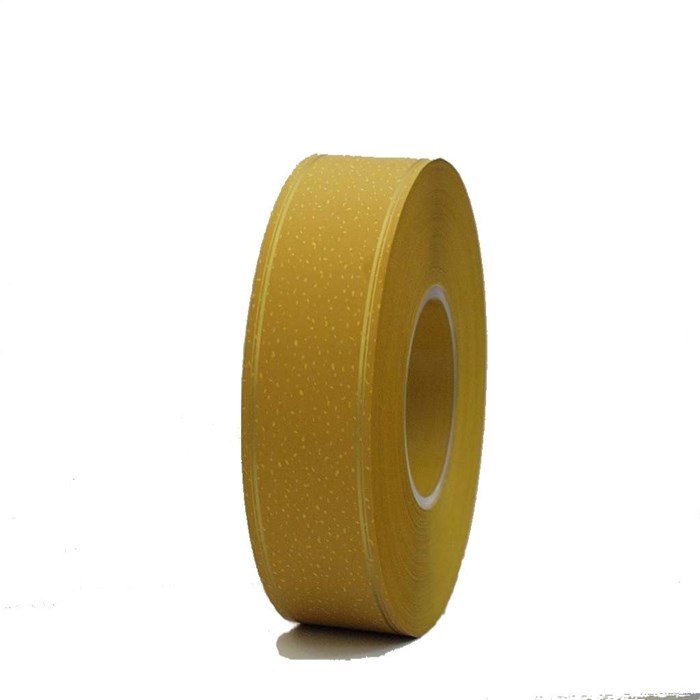When consumers expect food brands to reflect their environmental value, paper meets the three P’s of successful food packaging, namely protection, preservation and presentation.
The need to reduce greenhouse gas emissions and other forms of pollution has begun to change everything in the $7.5 trillion global food industry, from the food we eat to the way we prepare, package and transport food. In these profound changes, cost savings and customer satisfaction increasingly depend on the company’s ability to operate sustainably.
As the scale of e-commerce industry expands, it becomes more and more important for consumers to adapt to the environment. One of the most important opportunities for food enterprises to achieve green operation is to reassess their packaging. For decades, plastics have been ubiquitous in food packaging. Its appeal is obvious. Plastic is a cheap way to preserve, insulate and buffer food during transportation. Now, however, the earth is almost suffocated by discarded plastic packaging.
Globally, about 42% of non fiber plastics are used for packaging. Packaging accounts for almost half of all non biodegradable plastic waste, a large number of which eventually enter the ocean. Plastics are also associated with a range of public health issues. Last fall, scientists at New York University found that about 100000 people in the United States die prematurely each year from exposure to phthalates, a chemical commonly found in plastic food containers.
In this information, more and more food operators are turning to paper as a substitute. For example, six out of eight Australian states are reducing the use of disposable plastics and replacing them with sustainable packaging.
01 paper – a sustainable alternative
COVID-19 has accelerated the trend of consumers at home instead of going to restaurants or supermarkets to receive prefabricated food and groceries. Consumers want their purchases to be packaged in a sustainable way. A survey conducted in January 2021 by Ranpak in partnership with Harris poll found that more than two-thirds of Americans (68%) were more likely to buy from retailers offering non plastic packaging options.
This prospect enhances the role of packaging in the role provided by brand experience companies. For example, prepared meal bags become more popular during the epidemic. However, when customers open the meal bag, they find that each ingredient is packed in a separate plastic bag surrounded by other plastic packaging, which will damage the brand’s ecological awareness image. Without sustainable packaging, sustainable food cannot be obtained at all. With the continuous acceleration of food e-commerce, sustainability has become an important brand differentiation factor together with food quality and ease of preparation.
In many cases, it is an obvious trend to find more responsible brands. As food packaging, paper is a cost competitive alternative to plastics and other fossil fuel derived materials, which is both sustainable and recyclable.
Paper is always as good or better than plastic in ensuring that food and beverages are intact, at the right temperature and safe to eat. Paper has been widely used as an insulator, from the sleeve of a cup of coffee to high-voltage cables on submarines. In a series of tests, Ranpak engineers found that paper was comparable to expanded polystyrene and plastic bubble bags in keeping the product cool. No company needs to compromise because it can develop industrial and consumer oriented cold chain solutions consisting of 100% sustainable and biodegradable paper.
02 maximize efficiency
Paper packaging also mitigates some of the little-known effects of plastics on climate change. The waste associated with packaging shows that integrating ideas into food logistics can have a meaningful impact. Both paper and plastic can be used as void fillers to fill boxed foods and protect them from damage. However, in addition to using roadside recyclable renewable resources, paper can also be used as an “on-demand solution”. This means that workers can determine the appropriate use of packaging a given item rather than choosing prefabricated plastic products, which can cause waste or even more pollution.
The difference between paper and bubble film is also obvious. Although both can be used as protective packaging, the volume of bubble film is mainly air. Therefore, the transport efficiency of bubble paper rolls used in factories is lower than that of tightly wrapped paper rolls, resulting in higher emissions. Bubble wrapping paper is not only more damaging to the environment than paper in manufacturing and disposal, but also more destructive in moving throughout the supply chain.
Packaging is an area where the food business and most other industries need to reassess their efficiency and environmental impact. Applying this way of thinking throughout the food supply chain will greatly help to reduce emissions and waste and save money. When consumers expect food brands to reflect their environmental value, paper meets the three P’s of successful food packaging – protection, preservation and presentation.
Post time: Feb-15-2022

